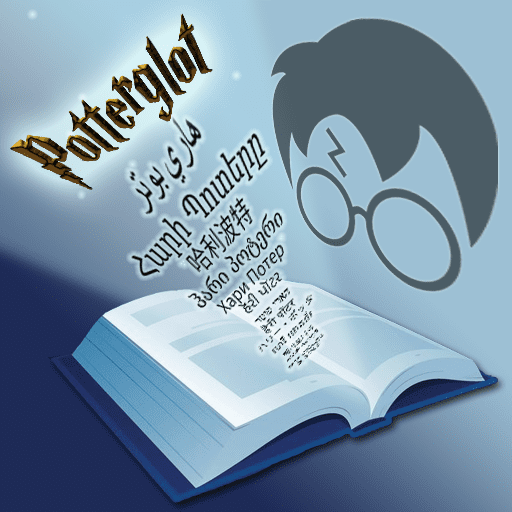 Harry Potter and the Spanish Recategorization
Harry Potter and the Spanish Recategorization
The Spanish editions—man—are a pain in my tuchus. If you’re reading this, I’m sure you already know I have written at length about Spanish: Harry Potter and the Spanish ‘Tykes’ is by far my most read article. There are so many Spanish books, complex publisher/printer/location relationships, and you can determine practically nothing without having a book in-hand. Oy.
A quick recap though, to highlight the salient facts: Philosopher’s Stone was translated by Alicia Dellepiane Rawson, a translator from Argentina. Her translation was subsequently edited producing the three regionally adapted macroeditions that we know and love. There’s not much mystery there anymore, just a lot of detail to keep track of. However, there is some ambiguity as to how to categorize the original edition and the Southern Cone editions. Up to this point, I have categorized them on the list as:
Original: Variant
Southern Cone: Translation
Latin America: Adaptation
Europe: Adaptation
This wasn’t uncontroversial—the folks at DialogueAlley challenged me to defend my rationale earlier this year because, yeah I recognize that calling the first edition a “variant” is a little unusual. My argument basically went:
- Given that the translator is from Argentina, the first edition could be considered “Southern Cone” and the subsequent edition specific to the region is the closest to the original. That second version of the text—is it more “Southern Cone”-y enough to be an adaptation of the original? Hard to say.
- One of them needs to be the “translation” as a List convention—that can sometimes be a little arbitrary especially when there is a lack of clarity about the history and intention of events. Which came first the Serbian Latin or the Serbian Cyrillic? And to some degree, it doesn’t really matter which you call the “translation” and which you call the “transliteration”—you just need to chose.
- The original, being the outlier—it’s the rarest of the macroeditions the adaptations came out relatively quickly—kind of deserves the minority treatment.
- It’s even somewhat debatable whether the differences between the original and the Southern Cone should constitute a separate macroedition; it largely comes down to my opinion. I personally think that what happened here—that a single text was distributed world-wide and was subsequently adapted, is really interesting, and elevates that edition more than say, a revision that might have made edits on a similar scale.
And all this was fine—for the purposes of the old List, which was pretty much flat. Then came along the new List which demands a stricter formalization… cause: computers and databases…. and the crystallization of “macroeditions“. You might have noticed, I recognized that my new formalism caused a contradiction with my Spanish categorizations—see footnote 3. The new rule is: the macroedition that contains the first edition of a Translation (capital-T) is categorized as the translation (lowercase-t).
Long story short, the Original needs to be recategorized as Tr.
So Southern Cone… adaptation or variant? I discussed it with our community Spanish expert, Patricio Tarantino and we agreed it was reasonable to call it an adaptation. Rest assured these will no longer change, and I am quite sure now that this was the only inconsistency that needed to be remedied:
Original: Translation
Southern Cone: Adaptation
Latin America: Adaptation
Europe: Adaptation




